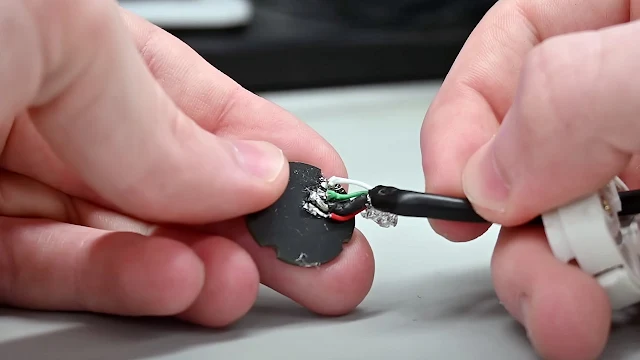- Get link
- X
- Other Apps
- Get link
- X
- Other Apps
Building a DIY Brain-Computer Interface (BCI) is a complex endeavor that combines elements of neuroscience, electrical engineering, and programming. While it's becoming more accessible with open-source tools and affordable hardware, it's important to understand the components, processes, and ethical considerations involved.
Key Components and Tools:
* EEG Acquisition Board: This is the core of a non-invasive DIY BCI, responsible for capturing brainwave data. Examples include the PiEEG board or OpenBCI's Biosensing Starter Kit.
* Electrodes: These make contact with the scalp to detect electrical signals. Active dry electrodes, like Conscious Labs ThinkPulse Electrodes, are often used in DIY projects to simplify setup.
* Microcontroller/Processor: A Raspberry Pi (4 or 5) is commonly used to process the collected data.
* Headset Frame: A 3D-printed frame, such as the OpenBCI Ultracortex headset, holds the electrodes in place on the scalp.
* Software: Open-source software is crucial for processing, visualizing, and interpreting the EEG signals. Popular options include OpenViBE, BCI2000, and Python libraries like EEG-ExPy.
* Ancillary Components: Other necessary items include a power distribution board, braided cable sleeves, jumper cables, and a battery solution.
Building Process (General Steps):
* Hardware Assembly: This involves assembling the headset frame, attaching electrodes, and connecting them to the EEG acquisition board and Raspberry Pi.
* Software Setup: Install the necessary operating system and BCI software on the Raspberry Pi.
* Signal Acquisition: Place the headset on the head and use the software to record brainwave data. Proper electrode contact and skin preparation are crucial for accurate signals.
* Signal Processing: Apply filters and algorithms to the raw EEG data to isolate specific brainwave patterns.
* Application Development: Once the signals are processed, they can be used to control external devices, generate feedback, or visualize brain activity.
Ethical Considerations:
DIY BCIs, while exciting, raise important ethical questions. These include:
* Data Privacy: Brain data is highly sensitive and can reveal personal thoughts and emotions. Ensuring the secure storage and appropriate use of this data is paramount.
* Informed Consent: When engaging others in BCI projects, it's crucial to ensure they fully understand the technology, its risks, and how their data will be used.
* Potential Misuse: The data collected could potentially be misused by third parties. Clear guidelines and regulations are needed.
The field of DIY BCIs is growing, making neurotechnology more accessible and fostering innovation. However, a strong understanding of both the technical aspects and the ethical implications is essential for responsible exploration.




Comments
Post a Comment